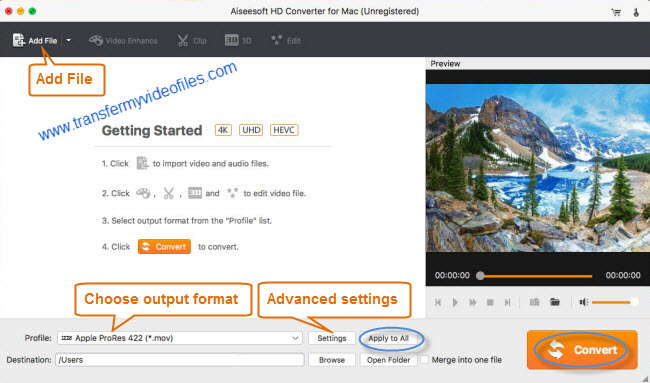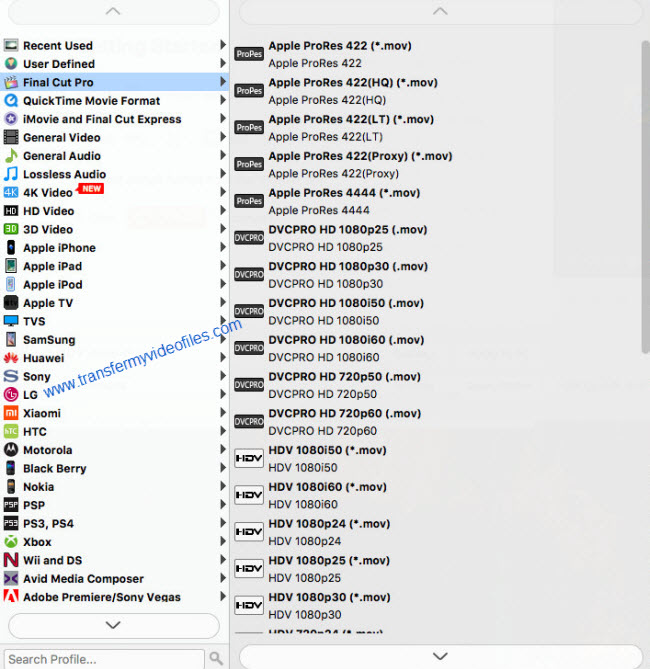If you are having issues editing Sony AVCHD files in FCP X, you may wish to read this post. It explains a workaround to transcode Sony ACHD footage to ProRes codec for use in FCP X with optimum performance.
FCP X won’t work with Sony AVCHD footage, it pains me a lot
“Hi all, my client handed me a drive with the files copied off the SD card on a Sony AVCHD camera. I’m having problems importing those Sony AVCHD clips into FCP X. I know FCP X need the original AVCHD folder structure, so I asked my client for the original card, but sadly, he didn’t keep it. I have to live with the pain. Does anyone know a solution to go through this? I would really appreciate any help. Thanks.”
I edit AVCHD from my Sony camera without any problems on my Mid 2012 MacBook Pro. I always create Camera Archives from my camera cards and import from the archives. Never had any problems. If for some reason you don’t have the correct AVCHD folder structure, you will need to find a program to transcode them first. I think it would be fair to say that FCP X is at its best with ProRes so the best workaround is to get your source files to ProRes before you bringing them into FCPX.
How to transcode Sony AVCHD files to ProRes for FCP X editing?
Here’s what you need
HD Converter for Mac

Follow these steps:
Step 1: Run HD Converter for Mac as a professional Sony AVCHD to FCP X Converter. When its main interface comes up, click ‘Add File’ to load source video to it.

Step 2: Select ‘Apple ProRes 422 (*.mov)’ as output format for opening with FCP X
From the ‘Profile’ bar, move to ‘Final Cut Pro’ catalogue, and select ‘Apple ProRes 422 (*.mov)’ as target format. Apple ProRes is the best suited editing codec for FCP X and its former version FCP 6 and 7. When loading them into FCP X, you needn’t wait for a long time for rendering.

Important: If you’ve loaded a number of video clips to do batch conversion, please do remember ticking off ‘Apply to All’ option before you start.
Step 3: Adjust video and audio settings (for advanced users)
If necessary, you can click ‘Settings’ button and go to ‘Profiles Settings’ panel to modify video and audio settings like video encoder, resolution, video bit rate, frame rate, aspect ratio, audio encoder, sample rate, audio bit rate, and audio channels. 3D settings are also available.
Step 4: Click ‘Convert’ to start Sony AVCHD footage to ProRes MOV conversion.
Step 5: Click ‘Open Folder’ to get generated ProRes 422 QuickTime files for transferring and editing in Final Cut Pro X with optimum performance.
Also read
How can I import .hvr files into FCP X?
How to import Sony MXF files to FCP X?
DJI Osmo 4K files are jerky and stutter in iMovie
GH5 and FCP X workflow-import GH5 video to FCPX
